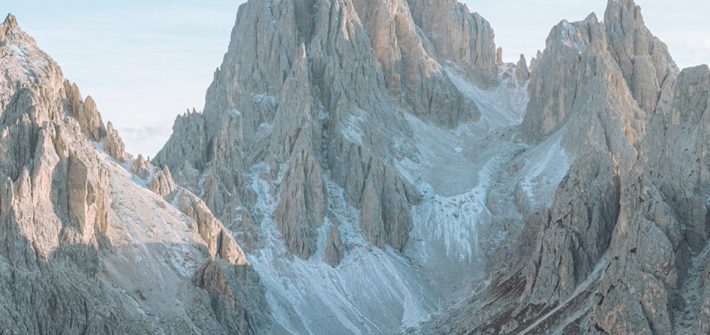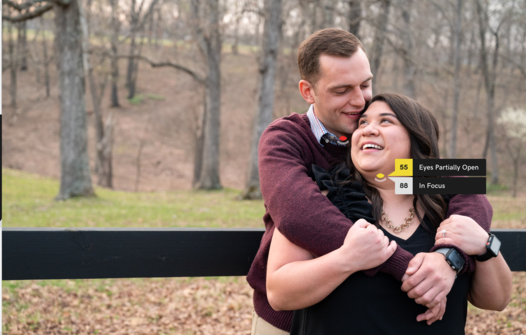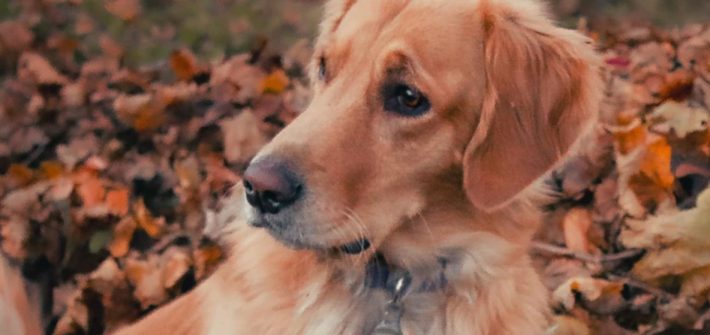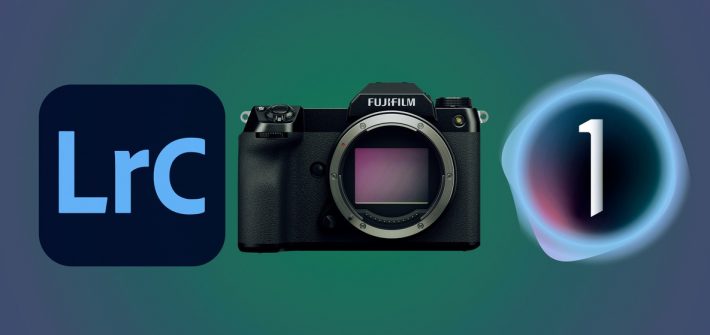Few changes can as dramatically affect the feel of an image as those to color. One moment a straight-faced person is content in a golden glow, the next that same expression tells a different story when the tones are set to blue.
![]()

Lightroom has a lot of tools and features for editing your photos, but there are some that you will use over and over, no matter what genres you shoot. This excellent video tutorial discusses some of the most fundamental editing tools in the program, what they are useful for, and how to employ them for your own work.
![]()

I don’t know about you, but I really hate culling images. I hate waiting for images to load. I hate zooming in to see if it’s in focus. I hate the time it takes to go through so many images. About six months ago, I started using Narrative Select for culling, and it might be the fastest way to cull images.
![]()
With the release of the Sony a7S III, many people are asking the question: is 12 megapixels enough resolution? Can you shoot client work or make large prints if you only have a 12-megapixel sensor? These are important questions for the photographer or videographer seeking the perfect camera.
![]()

It used to be that if you wanted to do serious color grading, you needed to head over to Photoshop, but in recent iterations, Lightroom has gained some easy-to-use and powerful color grading tools that make it easy to accomplish what you need right there. This helpful video tutorial will show you how to use Lightroom’s color grading tools to create better images.
![]()

A lot of people think of Lightroom as the place for organizing photos and performing basic edits and Photoshop as the place for more involved and serious edits, and while that is true to a degree, you might be surprised by just how much you can do in Lightroom. This fantastically comprehensive tutorial will show you everything you need to know to edit photos in Lightroom.

Fujifilm cameras have long been praised for the colors they produce. Lightroom has often been criticized for being incapable of processing Fujifilm raw files effectively. Capture One is generally recommended. Therefore, in this article, we will be comparing Lightroom and Capture One to see which is best for Fujifilm raw files.